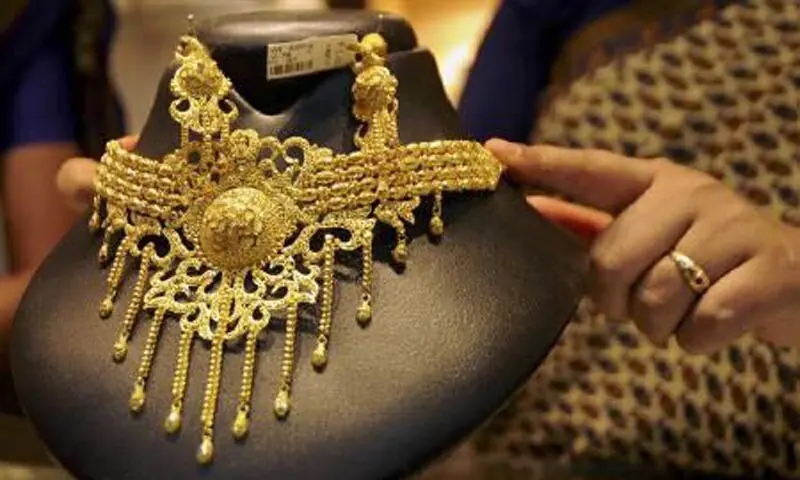PROVINCIAL autonomy has always been an ultra-sensitive issue in Pakistan.
The country was divided in 1971 mainly because we failed to manage the just expectations of the erstwhile Eastern Province of Pakistan. We experimented with various constitutional formulas to satisfy the aspirations of our former eastern wing, but the half-hearted implementation of the constitutional settlement agreed upon in 1956 led to a weakening of trust between the federation and its eastern wing.
The 1958 military coup and the subsequent 1962 constitution promulgated by a single person, Field Marshal Ayub Khan, and its unitary contours further disappointed East Pakistan. Therefore, there is a need to be more sensitive when it comes to provincial rights and autonomy, not only in the letter but, more importantly, in the spirit of the constitutional agreement.
Fortunately, the almost unanimous approval of the 1973 Constitution created a solid legal basis for federalism in what remained of the country, made up of the four provinces and the federally administered territories. The 18th Constitutional Amendment, approved with broad consensus 37 years later, further strengthened the federal constitutional framework.
Over the next 15 years, the provinces emerged much stronger, more prosperous and even more assertive. Although we hear voices calling for more autonomy or complaining about too much autonomy, the fact is that Pakistan has established a firm constitutional framework for federalism.
While after a long and painful journey, we may have managed to resolve most of our legal issues relating to federalism, the political forces are apparently not conducting politics in the true spirit of the constitutional provisions relating to provincial autonomy. In general, political parties remain the proverbial long shadow of their main leaders and there is hardly any “devolution” of powers from the central figure to the provinces. The overall organization of most parties is weak, but as one moves down the hierarchy from federal to local, there is a sharp decline in the powers and autonomy of subnational organizations.
Most decisions are made at the central level, which the provincial system is supposed to implement without a doubt. Even if provincial parliamentary boards exist, final decisions on the selection of candidates for provincial assemblies are made by central parliamentary boards which, in many cases, authorize the top party leader to make the decision.
According to the Constitution, the election of the Prime Minister is the prerogative of the members of the respective provincial assemblies. The necessary procedures for electing a House leader follow, but the candidate of the majority party is almost invariably chosen by the leader of the central party who, in many cases, may not be from the province.
Since the Constitution obliges assembly members to vote according to the party’s leadership or face expulsion from the assembly, members have no choice but to accept the election of the party leader, even if they have strong reservations about the candidate.
The top leadership of the party designs the system to keep the CMs dependent on their instructions.
To understand the impotence of the MPAs, a good example is the nomination of the little-known and lesser-qualified Usman Buzdar as the PTI candidate for the CM post after the 2018 elections. The poor MPAs did not have the slightest idea who they would be asked to vote for until party president Imran Khan dropped the bombshell just two days before the CM election. The members had no role in choosing the candidate and were generally shocked by the choice, but they accepted and elected Mr. Buzdar as CM.
It is now an open secret that the logic behind the selection of a weak CM was that there would be no resistance to running the province from the federal capital through the chief secretary to the prime minister. A similar scenario was seen in the case of KP after the 2024 elections, when a rather weak and indecisive candidate for the CM post was nominated so that the province could be governed by the Prime Minister’s secretariat.
It would be unfair to single out the PTI in this context. Prime Minister Nawaz Sharif’s selection of Ghulam Haider Wyne as CM of Punjab in 1990 followed the same pattern. Although Mr. Wyne was an experienced political worker, he was weak as a CM and followed the Prime Minister’s instructions in running the province without asking questions.
The party’s top leadership designs the system to keep CMs dependent on its instructions even in routine provincial matters. His party asked former KP chief minister Ali Amin Gandapur to seek instructions from jailed party founder Imran Khan before approving the province’s annual budget for 2025-26. He faced extreme criticism when he had to approve the budget without instructions from his leader as the federal and Punjab governments denied him the opportunity to meet Khan in prison. This must have been one of the reasons he was subsequently removed from office.
The new CM delayed the formation of his provincial cabinet for 18 days and the provincial government remained almost paralyzed because he wanted to get Mr Khan’s approval by meeting him in jail. But prison authorities again did not allow him to meet with their leader.
These are just a few examples; Almost the entire political system, contrary to the spirit of the Constitution, is oriented towards total obedience to the central leadership of the party in purely provincial matters, mocking provincial autonomy.
The drafters of the Constitution have done their job to guarantee provincial autonomy; It is now up to political parties and their leaders to delegate their powers to the provincial party organizations and the CM, if the party is in power in a province.
The centralization of powers not only goes against the spirit of the Constitution, but also slows the growth of the party organization and provincial leadership, weakening democracy in general.
The writer is the president of Pakistan-based think tank Pildat.
president@pildat.org
X: @ABMPildat
Published in Dawn, November 22, 2025








